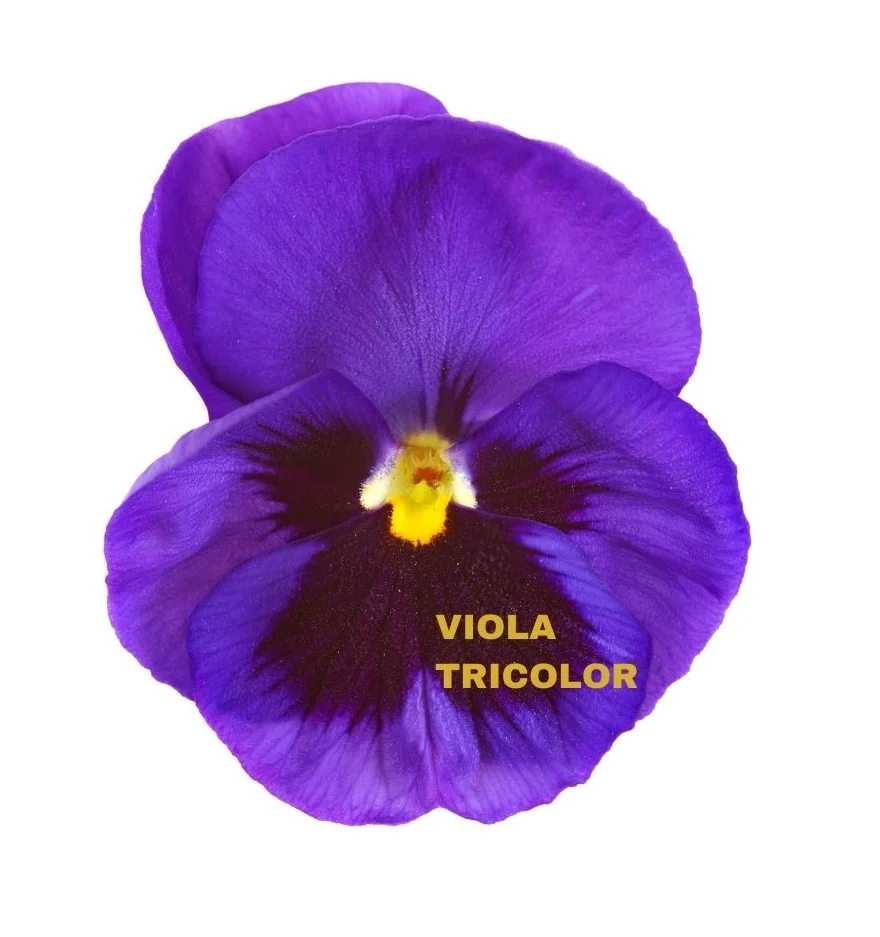
VIOLA TRICOLOR
Viola tricolor offers therapeutic benefits, particularly in treating conditions such as eczema, urinary issues, and male reproductive concerns.

Viola tricolor offers therapeutic benefits, particularly in treating conditions such as eczema, urinary issues, and male reproductive concerns.

Xanthoxylum is beneficial for conditions such as paralysis, neuralgic dysmenorrhea, painful hemorrhages, and rheumatic affections.
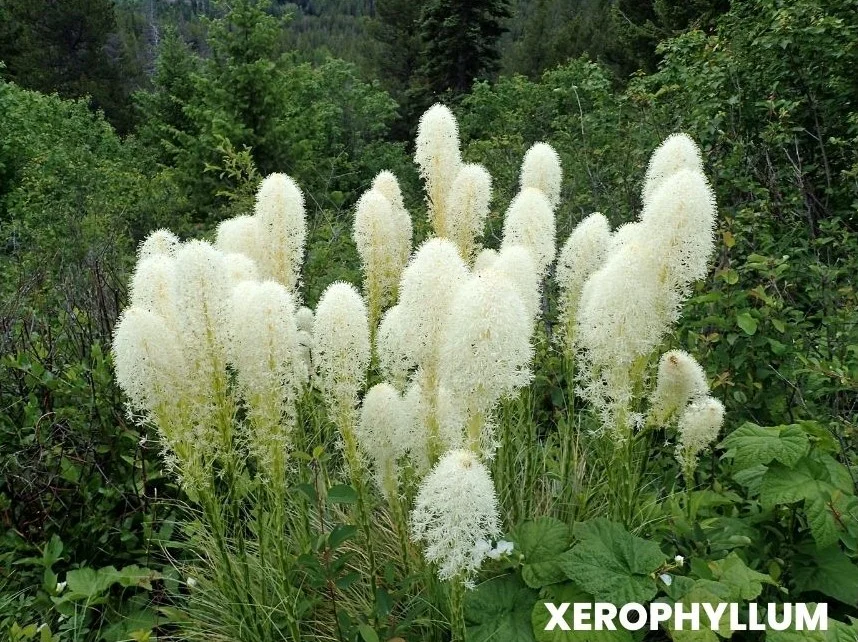
Xerophyllum is indicated for various ailments and symptoms, particularly those related to the mind, head, eyes, nose, throat, stomach, abdomen, urinary system, female reproductive organs, respiratory tract, back, extremities, and skin.

Yucca filamentosa, commonly known as Bear-grass, is a medicinal plant used in homeopathy. It is primarily indicated for bilious symptoms accompanied by various physical and mental ailments.
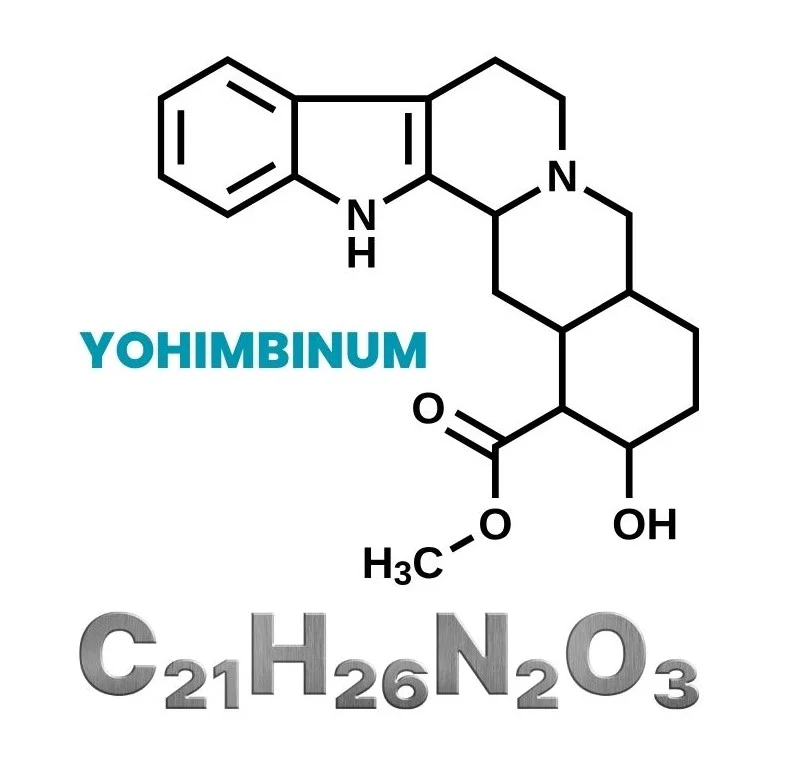
Yohimbinum is indicated for various sexual and congestive conditions, including impotence, bleeding piles, and menorrhagia.

Zincum valerianum is primarily used to address various neurological and psychological conditions, including neuralgia, hysteria, angina pectoris, and ovarian affections.
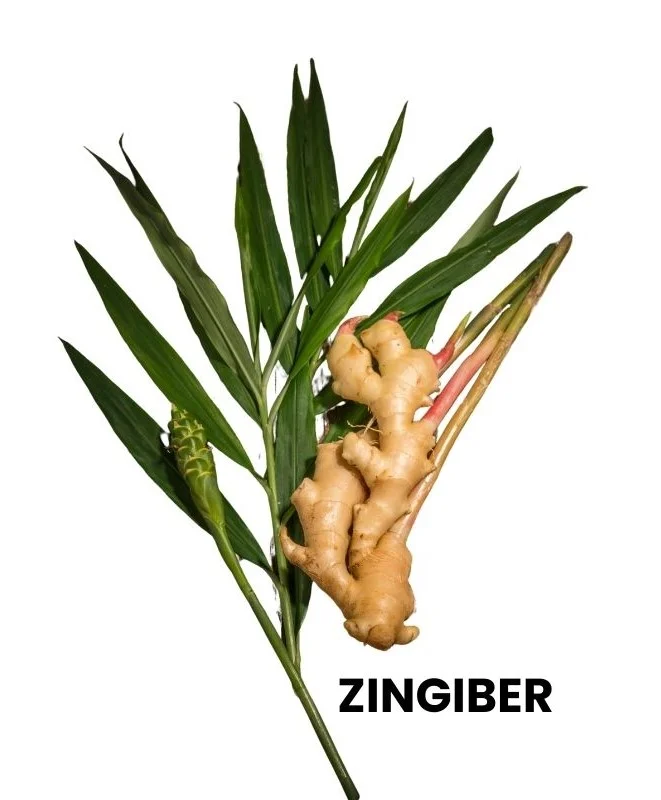
Zingiber, commonly known as Ginger, is a homeopathic remedy derived from the rhizome of the ginger plant. It is primarily used to address states of debility in the digestive tract, sexual system, and respiratory system.

Aurum metallicum (Gold), a precious metal highly valued by many, possesses a unique power that can overshadow even the innate desire for self-preservation.

Aurum muriaticum natronatum, also known as Sodium Chloroaurate, is a homeopathic remedy renowned for its profound effects on the female reproductive system.
AURUM MURIATICUM NATRONATUM Read Post »

Before Hahnemann’s time, Asarum was primarily recognized as an emetic. However, Hahnemann’s proving shed light on its unique attributes, notably its “Oversensitivity of nerves.”
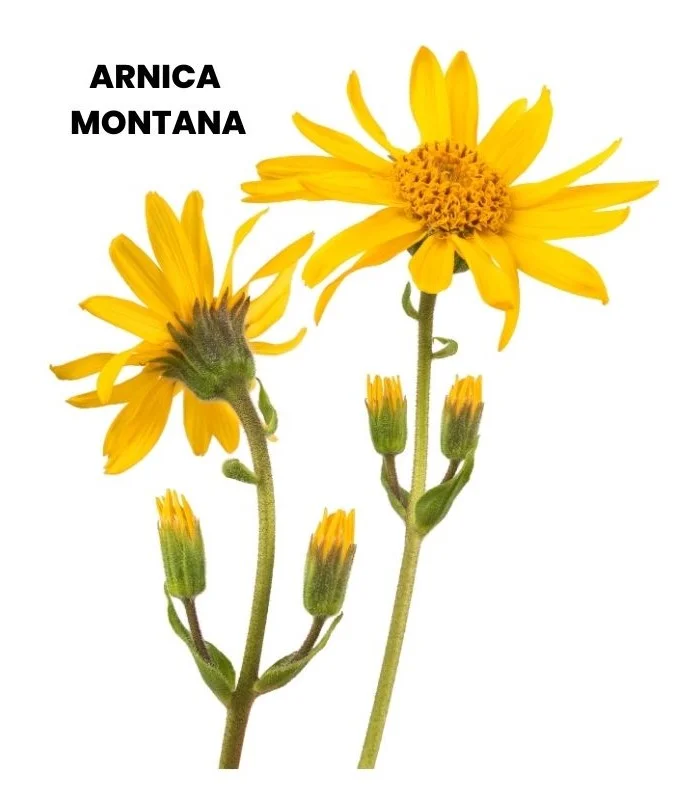
Arnica grows abundantly in mountainous regions worldwide. Even before its formal proving, Arnica was commonly used for treating injuries resulting from falls, with remarkable efficacy.
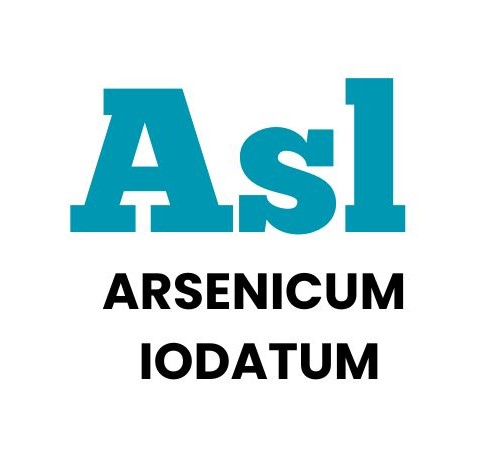
Arsenicum Iodatum was initially employed by H. Nankivell based on analogical reasoning for treating Phthisis. It underwent a brief independent proving, and symptoms observed in patients have expanded its pathogenesis.
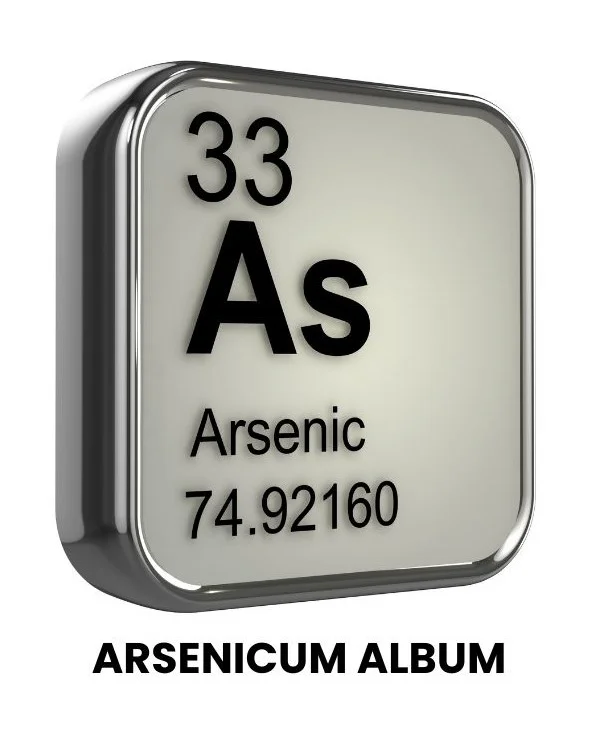
Arsenic, a deadly poison, has been historically used in medicine. Its physiological dose induces vomiting, purging, and prostration.
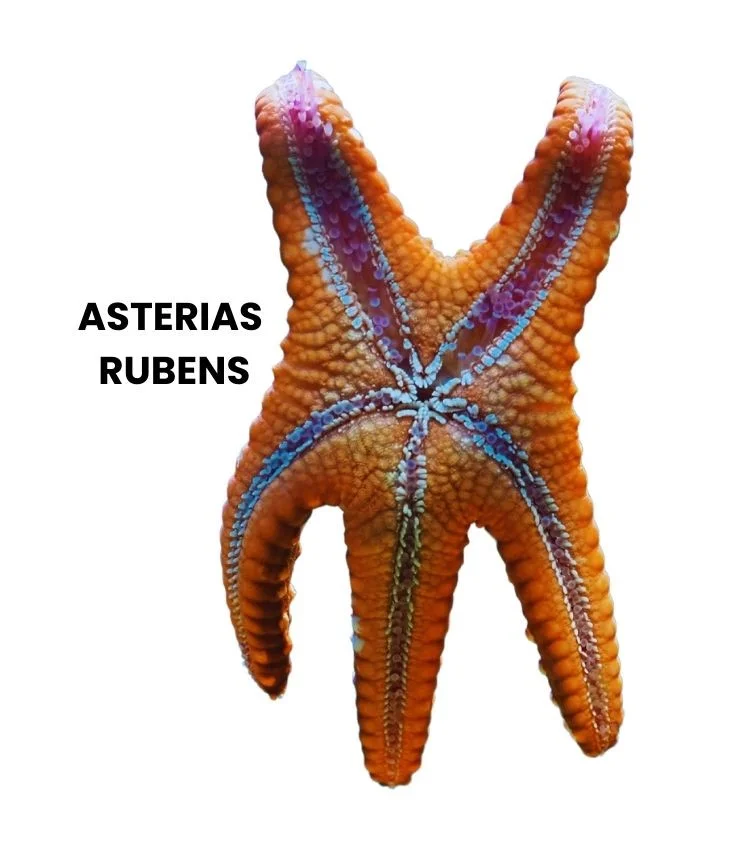
Asterias rubens, derived from the starfish belonging to the natural order of Radiata, shares pathogenetic similarities with Sepia and Murex, which are prepared from cuttlefish and purple fish, respectively.

Asafoetida, commonly known as Devil’s Dung, earned its name due to its highly offensive smell. It was first introduced to our Materia Medica by Franz in 1822, with Hahnemann himself contributing to its proving.